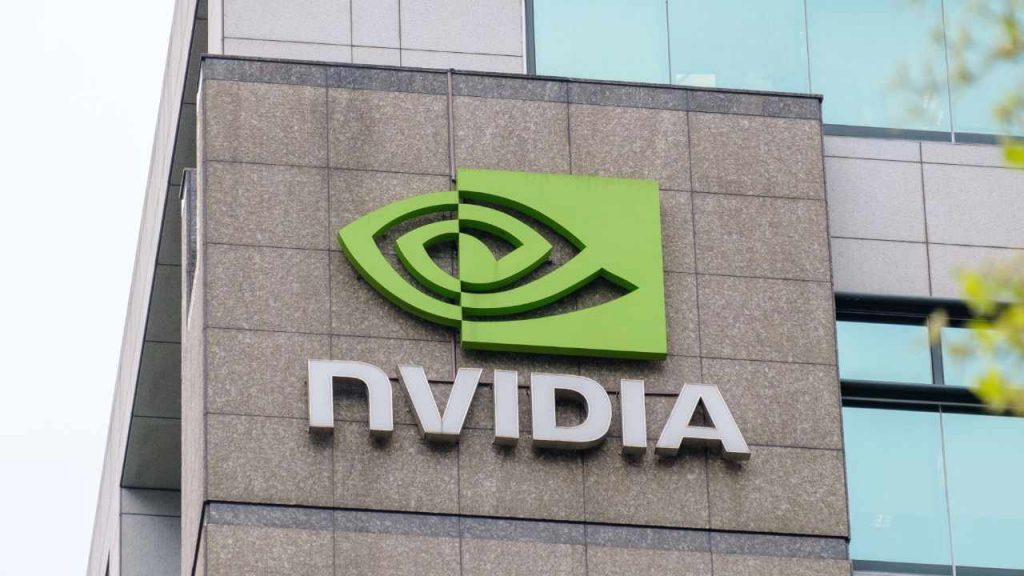SEC Fines Nvidia $5.5 Million for Failing to Disclose Crypto Mining Significantly Boosted Its Revenue
The U.S. Securities and Exchange Commission (SEC) has charged Nvidia Corp. for failing to disclose that crypto mining significantly boosted its revenue. The company agreed to a cease-and-desist order and to pay a $5.5 million penalty. Nvidia Failed to Disclose That Crypto Mining Was a Significant Element of Its Material Revenue Growth The U.S. Securities […]




